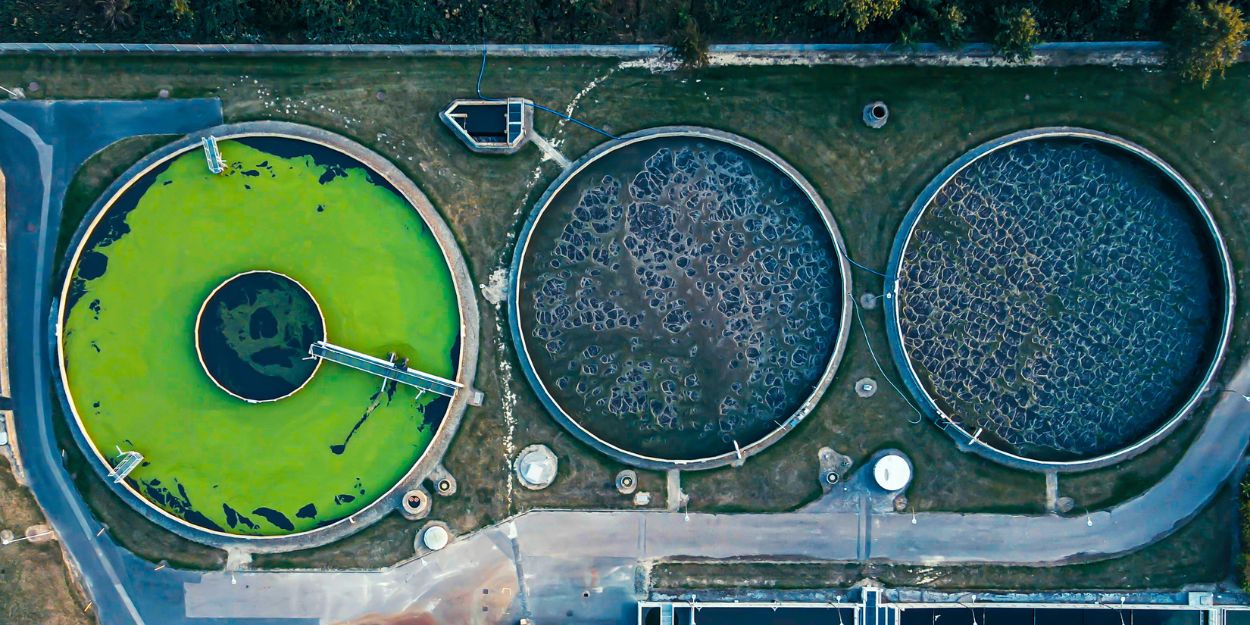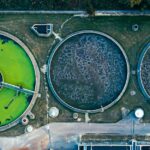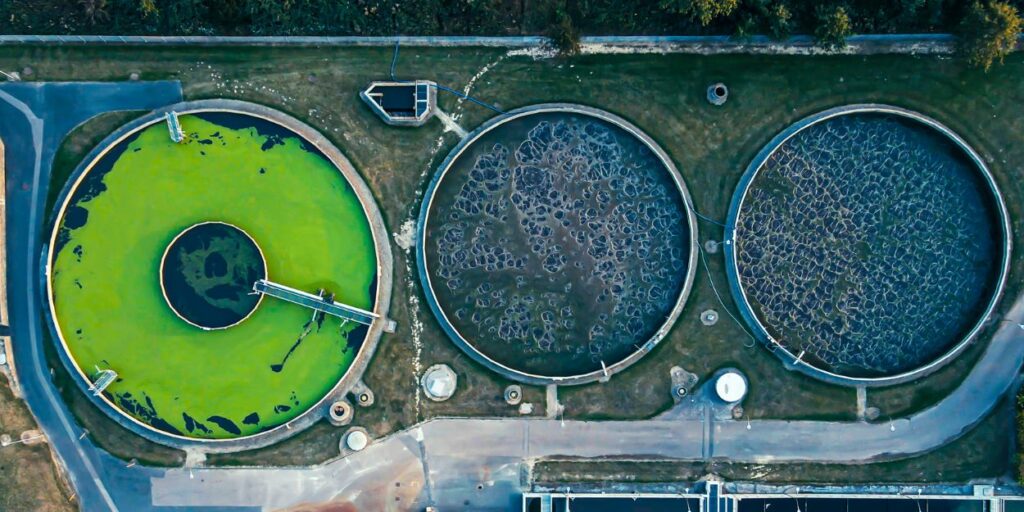
Conditioning & Mixing Tank Agitators – Mining & Mineral Processing
In the dynamic realm of mining and mineral processing, the

Water treatment is a complex yet vital process that ensures the water we consume is safe and free from impurities. At the heart of this process lies clarification—a series of meticulous steps that purify water by eliminating contaminants and particles, making it clearer and fit for consumption.
The clarification process initiates with the addition of essential chemicals like coagulants and flocculants into the water. Coagulants, such as aluminum sulfate or ferric chloride, act by neutralizing the charge on suspended particles, causing them to clump together or coagulate. Subsequently, flocculants, typically polymers, bind these coagulated particles into larger, heavier masses known as flocs.
Once this chemical reaction is complete, the water moves into a settling tank or basin. Here, gravity plays a crucial role as the flocs gradually settle to the bottom, forming a layer of sediment or sludge. This sedimentation process physically separates larger particles from the water, enhancing its clarity and safety.
Following sedimentation, the clarified water undergoes filtration to capture any remaining fine particles that may have evaded the sedimentation process. This filtration involves passing the water through membranes or media that trap solid particles, ensuring the highest quality of purified water.
However, an often overlooked yet critical aspect of this entire process is efficient mixing. Proper mixing guarantees the uniform distribution of coagulants and flocculants throughout the water, enabling maximum contact and reaction with suspended particles. This leads to faster and more effective settling during sedimentation.
To achieve optimal mixing, various methods are employed, including mechanical mixers, paddle mixers, or rapid mixing devices. These devices are designed to agitate the water and ensure a consistent dispersion of chemicals, often incorporating baffles or impellers to enhance efficiency.
Enhancing the mixing aspects in water treatment processes results in optimized coagulation and flocculation processes, leading to improved settling and filtration. This, in turn, enhances water quality, reduces operational costs, and establishes more reliable treatment procedures.
In the broader spectrum of water treatment, clarification stands as a cornerstone process, ensuring the water that reaches our taps is not just clear but safe for consumption. Its intricate steps, when augmented by efficient mixing techniques, contribute significantly to securing a healthier future by providing access to clean, potable water.
Regrettably, it is frequently observed that inadequately sized or commercially available mixers contribute significantly to suboptimal sludge quality. This not only results in elevated disposal expenses but also increases chemical costs. Frequently, operators resort to seeking solutions from chemical suppliers or adjusting the flow rate. It is imperative to acknowledge that the mixer plays a pivotal role in every phase of the clarification process. Please feel free to contact us should you have any inquiries or wish to engage our services for an assessment of your plant or processes.

In the dynamic realm of mining and mineral processing, the

Mining operations are essential for meeting the world’s resource needs, yet they

Water treatment is a complex yet vital process that ensures
Subscribe to our newsletter for helpful technical publications and industry announcements.

This website uses cookies to ensure you get the best experience on our website